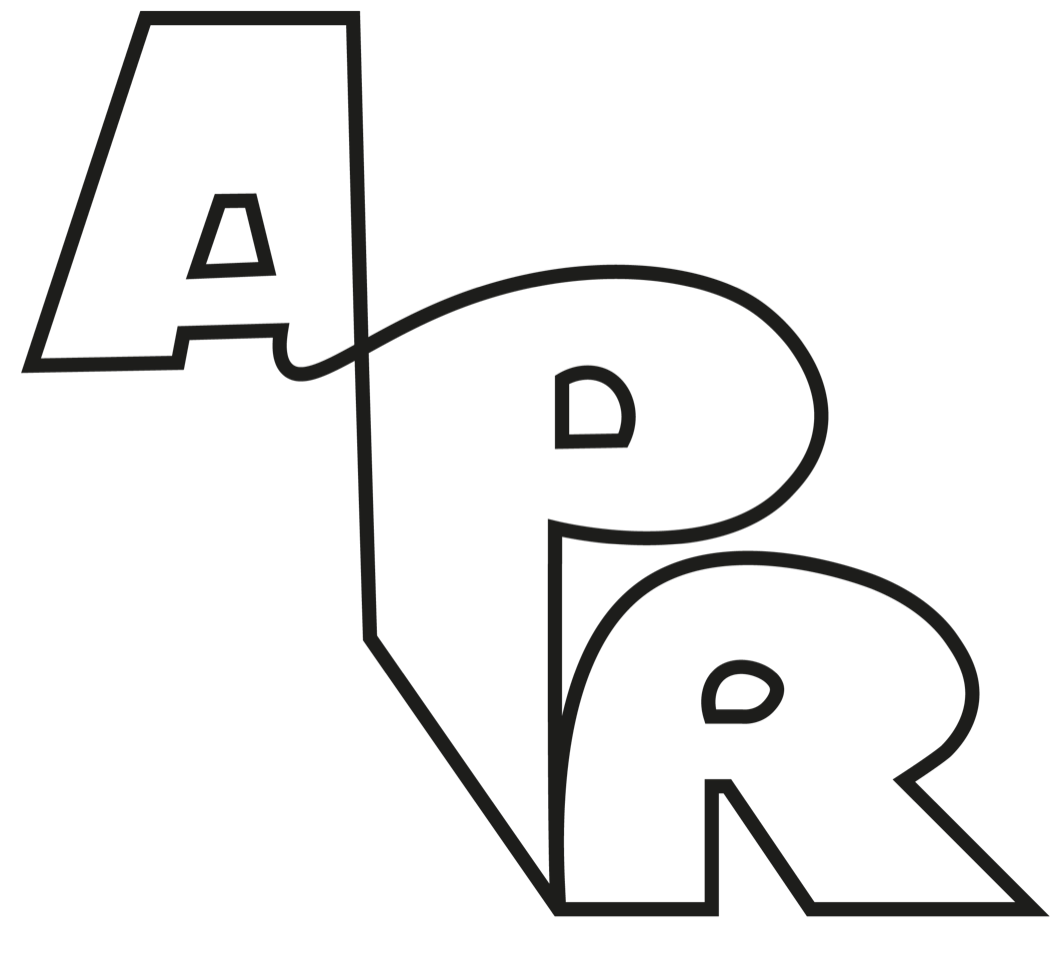All in it Together: Are Artist Collectives the Future of the Artworld?
In March 2022 Tara White (Goldsmiths alumni and APR contributor) spoke alongside Kabir Jhala, Harriet Cooper and Dr Rachel Warriner as part of a debate initiated by MA Curating students at The Courtauld, investigating the contemporary conditions of collective practices in art.
“All in it Together: Are Artist Collectives the Future of the Artworld? seeks to investigate the ways in which collective art practice and the art world intersect.
Over the past fifty years, artist collectives have emerged as an important way for individuals to collaborate and create as a unit by engaging with contemporary issues and using their art as a form of social justice—often in multidisciplinary ways. Their practice has often been overlooked, with art history and art institutions prioritizing single artists and the notion of the solo, genius artist. However, the pandemic has sparked renewed interest in ideas of community and collaboration, making artist collectives more relevant than ever.
Stemming from this new sense of global togetherness was the selection of artists nominated for the 2021 Turner Prize. For the first time in history, the jury selected a shortlist of nominees consisting solely of artist collectives which, according to the judges, “reflect the solidarity and community demonstrated in response to the pandemic.”
In the same year, the art quinquennial Documenta announced that their upcoming edition, Documenta 15, will be curated by the Indonesian collective ruangrupa and will be focused on the concept of collectivity.
These two recent events show how collectives are progressively becoming ingrained in contemporary discourse, but they also raise many important questions:
How do curators and museums engage with the artist collective? Do artist collectives need institutions to legitimise their work, or are they attempting to circumvent them? What do audiences want out of collective practice? How long are collectives able to survive?
Organized by the MA Curating the Art Museum cohort at the Courtauld Institute of Art, this museum debate seeks to answer these questions and to illustrate the importance of collective practice.”
MA Curating, The Courtauld
Kabir Jhala, Journalist and Associate Editor at The Art Newspaper
Kabir’s writing covers the visual culture and heritage of South Asia and its diaspora, the global art market and exhibitions. In October 2021, he wrote an important article about the 2021 Turner Prize shortlist of artist collectives and the curation of Documenta 15 by a collective entitled, All in it together: what do collectives mean for the future of the art market?
Harriet Cooper, Head of Visual Arts, Jerwood Visual Arts
Harriet Cooper is a curator from Manchester currently based in London. She is Head of Visual Arts at Jerwood Arts where she is responsible for developing and leading their visual arts work including projects, partnerships, funding, research and awards. She curates Jerwood Arts’ gallery programme in London and on tour around the UK, and recently developed the exhibition Jerwood Collaborate! which showcased new commissions by collaborative and collective artistic practices. Prior to this Harriet held roles at Firstsite, Colchester; the British Council, London; Yorkshire Sculpture Park, Wakefield; Tate Liverpool, Liverpool; and The Whitworth Art Gallery, Manchester. She was co-curator of Phyllida Barlow’s commission folly for the British Pavilion at the 57th Venice Biennale in 2017 and developed the major commission Not Yet At Ease with Raqs Media Collective for 14-18 NOW in 2018. She is an Independent Member of the Cymru yn Fenis Wales in Venice Advisory Committee 2020-2024. In her own curatorial practice Harriet is committed to supporting early-career artists and curators to create new work and develop their practices, considering the conditions and care that can create the best environment for this.
Dr Rachel Warriner, British Academy Postdoctoral Fellow at The Courtauld
Rachel’s research focuses on the important contribution of activist collectives to the American feminist art movement during the 1970s. She has published on feminist art and poetry in The Irish University Review, Courtauld Books Online, Muße, and The Journal of British and Irish Innovative Poetry and her book Pain and Politics in Postwar Feminist Art: Activism in the Work of Nancy Spero is forthcoming from I.B. Tauris.
Tara White, Artist and member of A Particular Reality
A Particular Reality is a collective formed by students, alumni and educators from the Fine Art departments at Goldsmiths, University of London and Kingston School of Art, with a commitment to building creative learning environments upon the values of equity and care. Tara’s work sits amongst a collection of found, fabricated and family objects that narrate relationships to grief, migration and colonialism. The works often consider a sense of urgency and fear. Furniture and heirlooms are used as talismans of memory, that in many cases no longer exist or were left behind.

